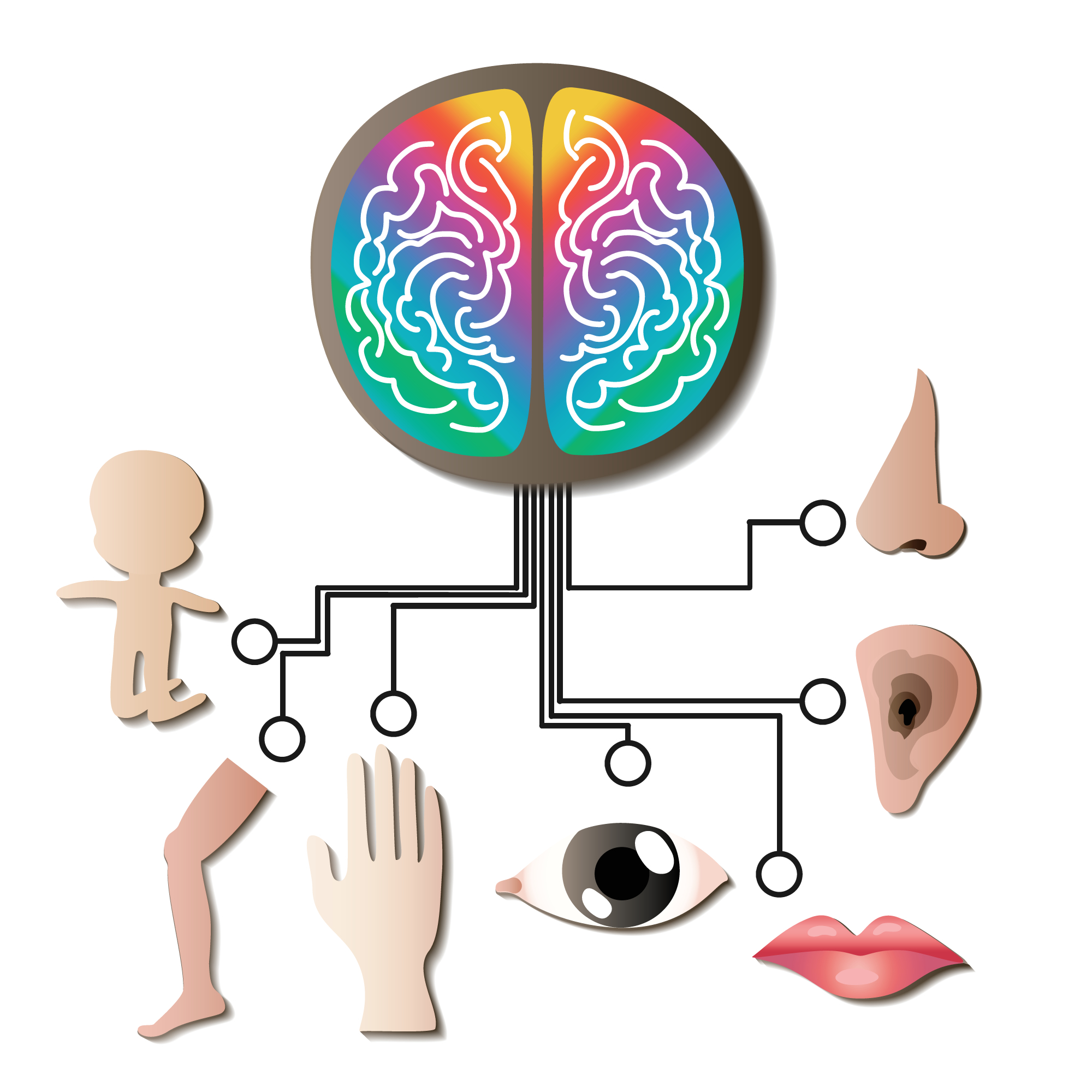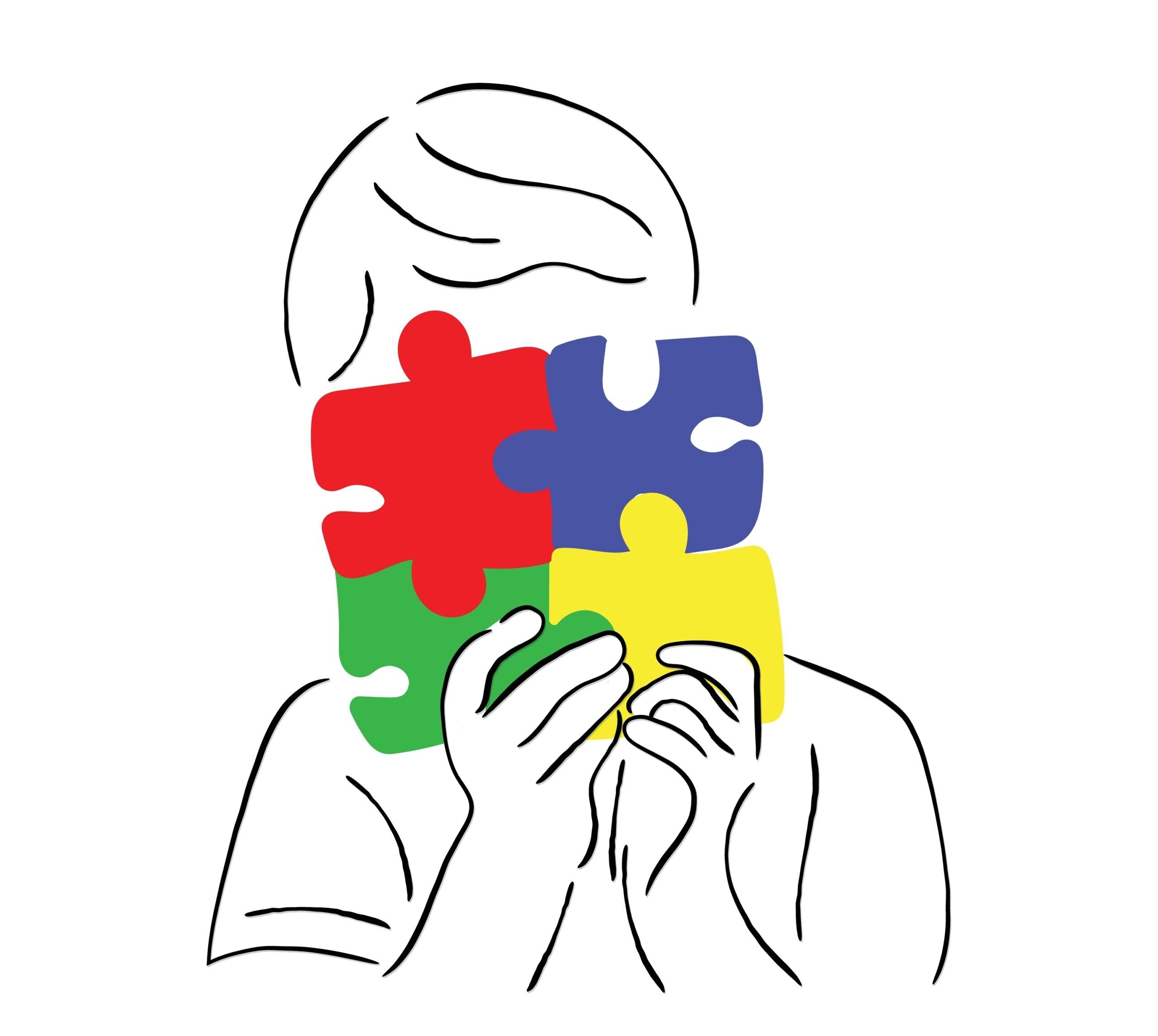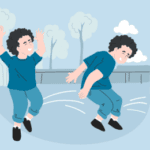
Sensory Processing Disorder
- Signs and Symptoms of Sensory Processing Disorder in Children
- Sensory Processing Disorder in Teens: Signs, Symptoms, Diagnosis & Treatment
- Sensory Processing Disorder (SPD) in Adults: Signs, Diagnosis, Treatment & Coping Strategies
- Types of Sensory Processing Disorder (SPD): Symptoms, Characteristics & Treatment
- Sensory Processing Disorder Treatment Options & Best Therapies for SPD in Children and Adults
- Living with Sensory Processing Disorder: Daily Tips, Support Strategies, and Family Guidance
- Vestibular and Proprioceptive Processing in Sensory Processing Disorder (SPD)
- Causes and Risk Factors of Sensory Processing Disorder (SPD): What Science Knows
- How Is Sensory Processing Disorder Diagnosed? Tests, Signs, and Evaluation Tools
- Stimming Behaviors in Sensory Processing Disorder: What They Are and Why They Matter
- Sensory Processing Disorder and Learning: How Sensory Challenges Affect Education
- Sensory Diet Strategies for Kids: Effective Tools for Sensory Regulation
- Sensory Integration Disorder and Sensory Integration Therapy
- Sensory Discrimination Disorder
- Sensory Modulation Disorder: Symptoms, Subtypes, and Treatment Strategies
- Sensory Over-Responsivity (SOR): Signs, Causes, and How to Help Kids and Adults Cope
- Sensory Under-Responsivity: Signs, Causes, and Support for Children and Adults
- Sensory-Based Motor Disorder: Signs, Symptoms, and Effective Treatments for Children and Adults
- Visual Processing Disorder: Signs, Symptoms & How to Support Visual Learning Challenges
- Auditory Processing Disorder (APD): Symptoms, Diagnosis & Treatment for Children and Adults
- Sensory Seeking/Craving: Understanding, Identifying, and Supporting Sensory Seekers
- Dyspraxia (Developmental Coordination Disorder): Understanding SBMD and Its Impact
- Postural Disorder: Causes, Symptoms & Treatment | Sensory-Based Motor Disorder Guide
Sensory Discrimination Disorder: Symptoms, Causes, and Support for Children and Adults

Authored by: The DrSensory Editorial Team
Reviewed by: 🛡️ DrSensory Clinical Review Board
Last updated: June 2025
- Causes and Risk Factors of Sensory Discrimination Disorder
- How Sensory Discrimination Disorder Impacts Daily Life and Learning
- How Sensory Discrimination Disorder Is Diagnosed
- Sensory Integration Therapy for Sensory Discrimination Disorder
- At-Home Strategies to Support Sensory Discrimination Skills
- Sensory Discrimination Disorder vs. Sensory Sensitivity: What’s the Difference?
- Is Sensory Discrimination Disorder a real diagnosis?
- Can Sensory Discrimination Disorder exist without other sensory issues?
- What age can you diagnose Sensory Discrimination Disorder?
- Can adults have Sensory Discrimination Disorder?
- Is there a cure for Sensory Discrimination Disorder?
What Is Sensory Discrimination Disorder?
Sensory Discrimination Disorder (SDD) is a subtype of Sensory Processing Disorder (SPD). It refers to difficulty in distinguishing between different sensory stimuli. A person with SDD may struggle to interpret and respond to variations in texture, sound, brightness, temperature, or body position.
For example, a child with tactile discrimination issues may not notice when their hands are dirty, or someone with auditory discrimination difficulties may struggle to tell the difference between similar sounds like “cat” and “cap.”
This condition can affect touch, hearing, vision, smell, taste, proprioception, and vestibular input, and it often leads to frustration, clumsiness, and delayed motor or communication skills.
Common Signs and Symptoms of Sensory Discrimination Disorder
Children and adults with SDD may experience:
- Difficulty distinguishing similar sounds or spoken words (auditory discrimination)
- Trouble recognizing textures or identifying objects by touch (tactile discrimination)
- Poor body awareness or clumsiness (proprioceptive discrimination)
- Inability to judge distance, depth, or size (visual discrimination)
- Confusion in crowded or noisy environments
- Difficulty copying shapes or letters
- Challenges telling left from right or organizing personal space
These symptoms can vary in intensity and often affect multiple sensory systems at once.
Causes and Risk Factors of Sensory Discrimination Disorder
There’s no single known cause of SDD, but it is believed to result from neurological differences in how the brain processes sensory input. Risk factors include:
- Genetic predisposition or family history of sensory processing issues
- Premature birth or low birth weight
- Birth trauma or developmental delays
- Co-occurring conditions such as autism spectrum disorder (ASD), ADHD, or learning disabilities
Environmental influences during early development, such as sensory deprivation or chronic stress, may also play a role.
How Sensory Discrimination Disorder Impacts Daily Life and Learning
Children with SDD may struggle in both academic and social environments. Common challenges include:
- Misunderstanding verbal instructions due to auditory discrimination issues
- Poor handwriting and motor planning
- Inability to self-regulate when overwhelmed
- Difficulty participating in sports or physical activities
- Low self-esteem due to repeated frustration or failure
In the classroom, SDD can mimic ADHD or a learning disability, making accurate diagnosis essential for effective intervention.
How Sensory Discrimination Disorder Is Diagnosed
Diagnosis typically involves a comprehensive sensory evaluation conducted by an occupational therapist (OT) trained in sensory integration. The process may include:
- Parent interviews and developmental history
- Standardized tests (e.g., Sensory Integration and Praxis Tests – SIPT)
- Clinical observation during play and movement activities
- Auditory or visual processing assessments
Because symptoms overlap with other conditions, diagnosis often involves ruling out autism, ADHD, or language disorders.
Sensory Integration Therapy for Sensory Discrimination Disorder
Sensory Integration Therapy is the most widely used treatment for SDD. It involves guided, play-based activities that target specific sensory systems and help the brain learn to process input more accurately.
For example:
- Activities like feeling objects in a mystery bag can improve tactile discrimination
- Games involving sound-matching can strengthen auditory skills
- Movement and proprioceptive exercises help with body awareness
Therapy is tailored to each person’s unique sensory profile and usually takes place 1–2 times per week with home carryover exercises.
At-Home Strategies to Support Sensory Discrimination Skills
Parents and caregivers can play an active role in supporting children with SDD. Helpful at-home activities include:
- Texture exploration games (e.g., rice bins, fabric matching)
- Auditory games like sound memory or musical instruments
- Obstacle courses to develop spatial and body awareness
- Visual matching puzzles and pattern games
- Labeling and describing objects to build sensory vocabulary
Consistency and reinforcement at home help solidify progress made in therapy.
Sensory Discrimination Disorder vs. Sensory Sensitivity: What's the Difference?
While both are subtypes of SPD, they differ in how the brain responds to sensory input:
- Sensory Sensitivity (also called over-responsiveness) involves heightened reactions to sensory input (e.g., covering ears at loud noises).
- Sensory Discrimination Disorder involves difficulty telling stimuli apart (e.g., not recognizing subtle differences in sound or texture).
A child may experience both types simultaneously, which is why a thorough evaluation is important to guide treatment.
Is Sensory Discrimination Disorder a real diagnosis?
While not listed as a standalone diagnosis in the DSM-5, Sensory Discrimination Disorder is recognized by occupational therapists and sensory integration experts as a subtype of Sensory Processing Disorder. It is frequently included in clinical evaluations and therapy plans.
Can Sensory Discrimination Disorder exist without other sensory issues?
Yes. Some individuals may have isolated discrimination issues, while others experience a mix of sensory sensitivities, avoidance, or seeking behaviors. Each sensory profile is unique and must be assessed individually.
What age can you diagnose Sensory Discrimination Disorder?
Symptoms often become noticeable between ages 2 and 6, especially when children begin school or social play. However, formal evaluations are typically more accurate by age 4 and up.
Can adults have Sensory Discrimination Disorder?
Absolutely. Adults with SDD may struggle with body awareness, clumsiness, or confusion in noisy environments. Many adults who were never diagnosed as children learn later that sensory discrimination issues have impacted their life for years.
Is there a cure for Sensory Discrimination Disorder?
There is no “cure,” but with early intervention and targeted therapy, individuals with SDD can learn to adapt and improve their sensory processing skills dramatically. Many go on to lead independent, successful lives.
This page provides general educational content and is not a substitute for professional medical advice. Always consult a licensed provider for diagnosis and treatment.
View privacy policy, copyright and trust info
More on SPD

- Signs and Symptoms of Sensory Processing Disorder in Children
- Sensory Processing Disorder in Teens: Signs, Symptoms, Diagnosis & Treatment
- Sensory Processing Disorder (SPD) in Adults: Signs, Diagnosis, Treatment & Coping Strategies
- Types of Sensory Processing Disorder (SPD): Symptoms, Characteristics & Treatment
- Sensory Processing Disorder Treatment Options & Best Therapies for SPD in Children and Adults
- Living with Sensory Processing Disorder: Daily Tips, Support Strategies, and Family Guidance
- Vestibular and Proprioceptive Processing in Sensory Processing Disorder (SPD)
- Causes and Risk Factors of Sensory Processing Disorder (SPD): What Science Knows
- How Is Sensory Processing Disorder Diagnosed? Tests, Signs, and Evaluation Tools
- Stimming Behaviors in Sensory Processing Disorder: What They Are and Why They Matter
- Sensory Processing Disorder and Learning: How Sensory Challenges Affect Education
- Sensory Diet Strategies for Kids: Effective Tools for Sensory Regulation
- Sensory Integration Disorder and Sensory Integration Therapy
- Sensory Discrimination Disorder
- Sensory Modulation Disorder: Symptoms, Subtypes, and Treatment Strategies
- Sensory Over-Responsivity (SOR): Signs, Causes, and How to Help Kids and Adults Cope
- Sensory Under-Responsivity: Signs, Causes, and Support for Children and Adults
- Sensory-Based Motor Disorder: Signs, Symptoms, and Effective Treatments for Children and Adults
- Visual Processing Disorder: Signs, Symptoms & How to Support Visual Learning Challenges
- Auditory Processing Disorder (APD): Symptoms, Diagnosis & Treatment for Children and Adults
- Sensory Seeking/Craving: Understanding, Identifying, and Supporting Sensory Seekers
- Dyspraxia (Developmental Coordination Disorder): Understanding SBMD and Its Impact
- Postural Disorder: Causes, Symptoms & Treatment | Sensory-Based Motor Disorder Guide
Find a Therapist near you
Are you looking for a physical, occupational, or speech therapist in your area?
Look no further than the DrSensory Therapist Database and Clinic Directory!
Find a Therapist
Find the physical therapist, occupational therapist, or speech language pathologist you’re looking for!
Ask Us Anything
Whether you are looking for advice, have a general question about sensory processing, or looking for resources.
Submit Your Story
Share your story about your child. Let’s celebrate milestones and learn more about challenges.













































































